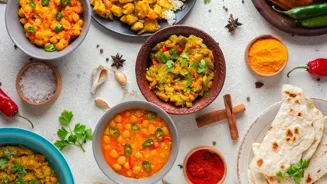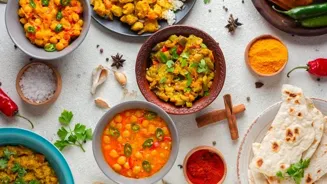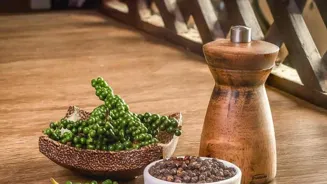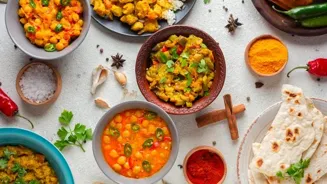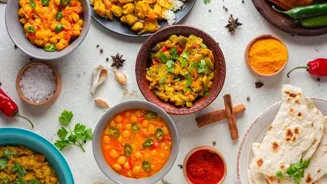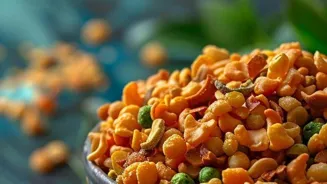Unlock the Secrets of Perfect Dosas: Master the Art with our Ultimate Recipe Guide! Dive in for expert tips and tricks
The humble dosa, a staple in South Indian households and a favourite across the country,
might seem simple, but mastering the art of making the perfect dosa requires patience, precision, and a good understanding of the ingredients.
From achieving that golden-brown crispness to getting the batter consistency just right, this comprehensive guide will walk you through every step of the process, ensuring your dosas are always a hit.
Whether you're a seasoned cook or a complete beginner, these tips and tricks will help you elevate your dosa game. Let's get started!
The key to a perfect dosa is the right rice and urad dal ratio, plus quality ingredients
The foundation of a good dosa lies in the right proportion of ingredients. The main components are rice and urad dal (split black lentils), along with a touch of fenugreek seeds. The ratio of rice to urad dal is crucial; a common starting point is 3:1 or 4:1.
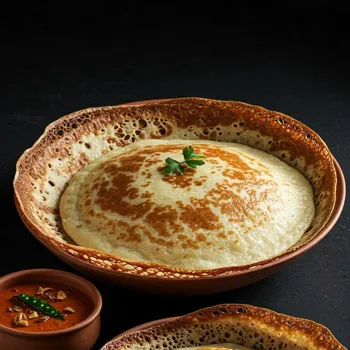
However, you can adjust this based on your preference for crispness or softness. Using high-quality ingredients is equally important. Opt for aged rice, which typically yields a better texture. For urad dal, choose the whole, skinned variety, as it tends to give a fluffier batter.
Fenugreek seeds are added in small quantities, primarily for flavour and to aid fermentation. A little goes a long way, so don’t overdo it.
Proper soaking and grinding for perfect dosa batter
Proper soaking and grinding are pivotal to achieving the perfect dosa batter. Start by thoroughly washing the rice and urad dal separately until the water runs clear. This removes excess starch and impurities. Soak the rice and urad dal in ample water for at least 4-6 hours, or preferably overnight.
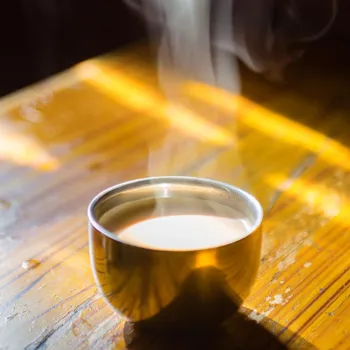
This allows the grains to fully hydrate, resulting in a smoother batter. In a separate bowl, soak the fenugreek seeds in a small amount of water for the same duration. Once soaked, drain the rice, urad dal, and fenugreek seeds.
Grind the urad dal with the fenugreek seeds first, using fresh, cold water gradually. Grind to a light, airy consistency. Avoid overheating the batter as it can hinder fermentation. Next, grind the rice separately, again adding water gradually until you achieve a slightly coarse but smooth texture.
Combine the ground urad dal and rice batters in a large bowl. Mix thoroughly with your hands. This is believed to help in the fermentation process. Add salt and mix well.
Fermentation time varies for dosa batter based on temperature
Fermentation is the magical transformation that gives dosa its characteristic tangy flavor and airy texture. The fermentation time depends on the ambient temperature. In warmer climates, 6-8 hours may be sufficient, while in colder regions, it may take 12-14 hours or even longer.
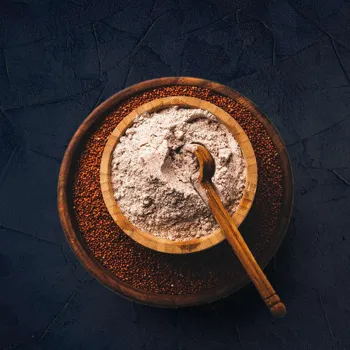
The batter should approximately double in volume and have a slightly sour aroma with tiny air bubbles. The consistency should be thick but easily pourable.
If the batter is too thick, add a little water to adjust the consistency before making dosas to prevent the dosas from becoming excessively thick or hard. Avoid over-fermentation, as this can lead to an overly sour taste.
Always store the batter in a warm place, like an oven with the light on, or wrapped in a warm towel.
Choose right tawa, spread batter evenly for perfect dosa
Choosing the right tawa (griddle) and mastering the technique of spreading the batter are crucial for achieving that perfect golden-brown dosa. A well-seasoned cast iron tawa is ideal, but a non-stick tawa can also work well, especially for beginners.
Heat the tawa over medium heat until it's hot enough. You can test the temperature by sprinkling a few drops of water on the tawa; if they sizzle and evaporate quickly, it's ready. Grease the tawa lightly with oil. Pour a ladleful of batter in the center of the tawa.
Using the back of the ladle, gently spread the batter in a circular motion, starting from the center and moving outwards. Aim for a thin and even layer. Be careful not to press too hard as you spread the batter. Drizzle some oil around the edges of the dosa.
Cover the tawa with a lid for a minute or two. This helps to cook the dosa evenly. Once the bottom is golden brown and crisp, gently loosen the edges with a spatula. Flip the dosa and cook for another minute until the other side is lightly browned.
Fold the dosa in half or into a cone shape and serve immediately.
Dosa-making tips for perfect dosas every time
Even with the best intentions, dosa-making can sometimes present challenges. If your dosa is sticking to the tawa, it could be because the tawa isn't hot enough or properly seasoned. Ensure the tawa is well-heated and greased between dosas.
If the dosa is too thick, the batter may be too dense and needs more water. Adjust the consistency by adding small amounts of water until it's easily pourable. If the dosa is breaking while spreading, the batter might not be fermented enough.
Allow it to ferment for a longer period or add a pinch of baking soda to the batter. If the dosa is not crispy, the tawa might not be hot enough, or the batter may be too watery. Ensure the tawa is adequately heated and adjust the consistency of the batter.
Experimenting with the batter consistency and tawa temperature is a crucial part of learning.
Dosas are versatile with sambar, chutneys; fillings can vary
Dosas are incredibly versatile and can be paired with a variety of accompaniments. The classic pairing is with sambar and coconut chutney, a combination that's hard to beat. Other popular choices include tomato chutney, onion chutney, and peanut chutney.
Potato masala, also known as aloo masala, is a common and flavourful filling for masala dosas. You can also experiment with adding other fillings such as paneer, vegetables, or even cheese. For a healthier twist, try using brown rice or incorporating lentils like green gram into the batter.
You can also experiment with different oils for cooking, such as ghee or coconut oil, to add unique flavour profiles. The possibilities are endless, so don't be afraid to get creative and customize your dosas to suit your taste. Enjoy experimenting with different fillings.
Perfect dosa requires practice, experimentation, and attention to detail
Achieving the perfect dosa is a journey of practice and experimentation. By understanding the nuances of each step, from ingredient selection to fermentation and cooking, you can consistently create dosas that are crispy, flavourful, and satisfying.
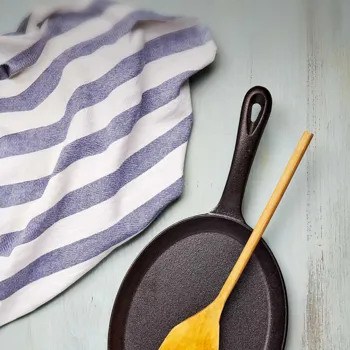
So, gather your ingredients, follow this comprehensive guide, and embark on your dosa-making adventure. Happy cooking!
AI Generated Content. Glance/InMobi shall have no liability for the content